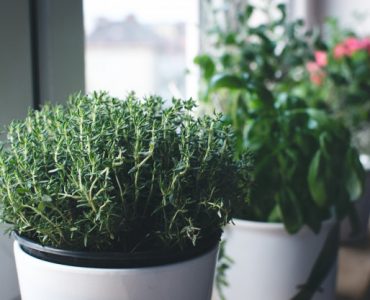Herbal medicine is widely known as botanical medicine or phytomedicine. It mainly pertains to the utilisation of certain seeds, roots, berries, bark, and leaves of an extensive array of plants or flowers for medicinal purposes.
Many herbal medicines were introduced as early as 1000 BC by the ancient Egyptians. Indian Ayurveda was also known for utilising herbal medicine, which was later described as Sushruta and Charaka in 1900 BC. The Chinese also introduced their first herbal book in 2700 BC. Aside from them, ancient Romans and Greeks also practised the use of medicinal plants.
However, during the Middle Ages, the utilisation of a variety of plants for medicine and other related purposes changed somewhat. A lot of Roman and Greek writings with regards to medicine and other topics were preserved through manuscript’s hand copied in monasteries. As a result, these monasteries were inclined to develop into local centres for medical learning. In addition, the herb gardens of these monasteries provided many kinds of herbal plants that could be used in treating common disorders.
Folk medicines within homes and villages remained incessant, which largely supported a number of travelling and in-house herbalists. Among these herbal doctors were ‘wise-women’. They often recommend herbal therapeutics, along with trances and spells. However, in the late Middle Ages these women, who had traditional knowledge of herbs, happened to be the target of witch hysteria. Hildegard of Bingen, a woman famous in the herbal tradition and a Benedictine nun of the 12th century, wrote a medical book, entitled ‘Causes and Cures’.












